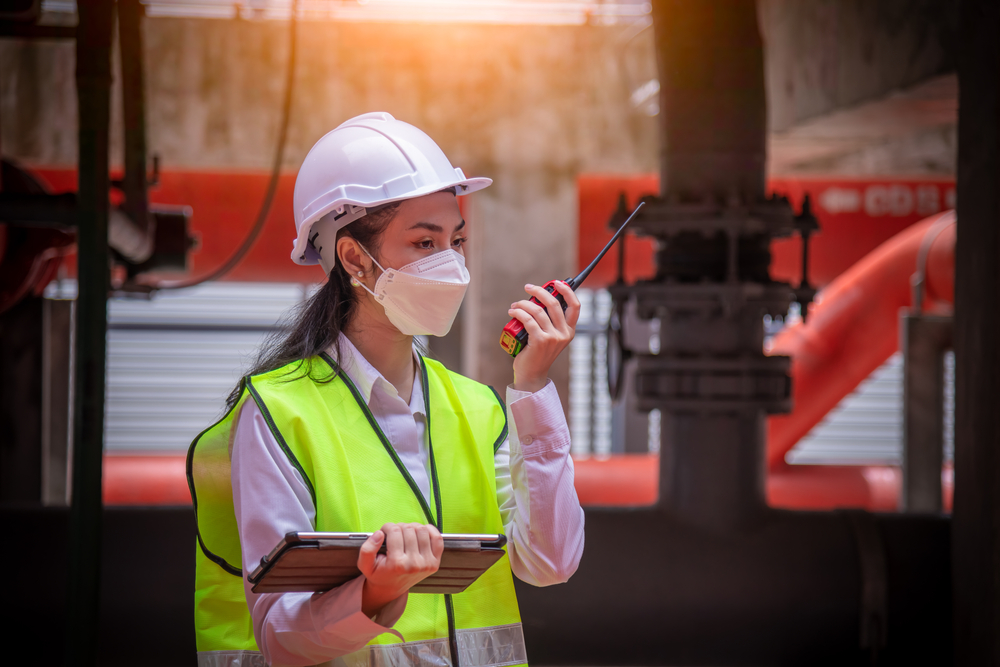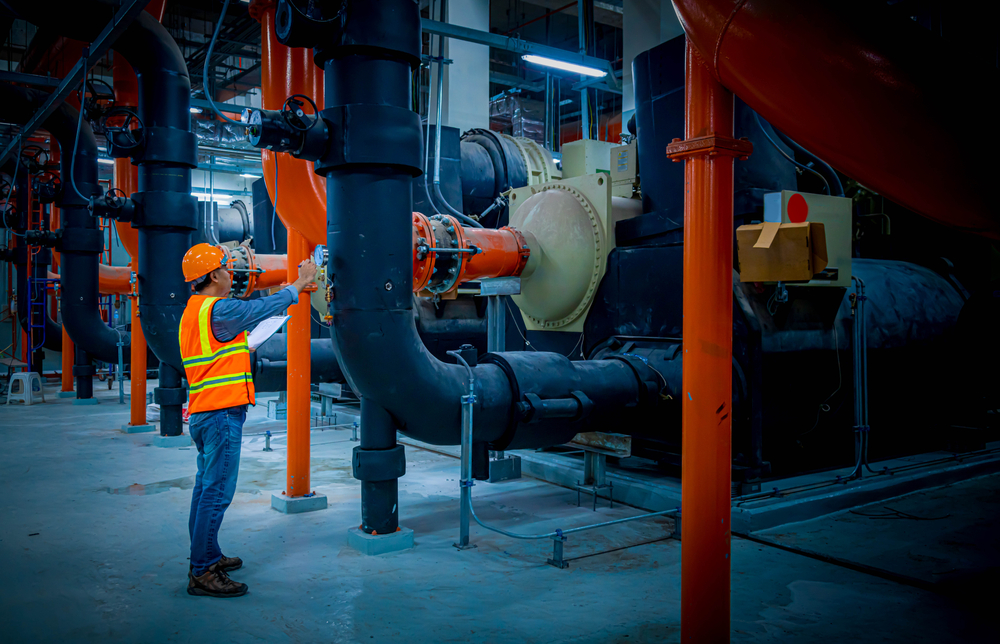You have almost certainly heard of metal building condensation if you own a metal structure or work in the metal business. While metal structures are resistant to decay and termites, they may be harmed by excessive dampness. In a steel structure, damp insulation is less efficient in regulating temperature. This may encourage mold or mildew development, giving the inside of the structure a musty smell and perhaps leading to allergy issues.
Additionally, damp insulation in close proximity to metal surfaces may induce corrosion – even on surface-treated metals. Panels and fasteners may rust prematurely, resulting in material failure.
Condensation may quickly damage your steel structure and encourage the development of mold and mildew.
Let us examine why condensation happens and how to prevent it in a metal structure.
Condensation occurs in steel structures for a variety of reasons.
The first step in preventing condensation in steel structures is to understand how and why it happens.
Condensation cannot occur without the presence of two components. To begin, the air must be moistened. The more moisture in the air, the greater the likelihood of condensation.
A metal building’s interior should ideally have a humidity level of between 30% and 50%.
Condensation is considerably more probable at higher humidity levels.
The temperature differential between the surface and the surrounding air is the second component. Warm air has a greater capacity to retain moisture than cold air. A metal mini-storage facility located in a frigid region where temperatures often dip into the 30s will have very cold walls.
When warm, wet air within a structure comes into contact with a cold surface, it cools and condenses the metal.
How to prevent condensation in a metal structure?

Increased humidity levels and a temperature differential between the building’s surface and the surrounding air both contribute to metal building condensation. Thus, when we discuss condensation prevention, we must consider these two variables.
We must guarantee that the air inside does not directly contact the metal surface and maintain a humidity level of 30 to 50%.
The following sections describe four methods for preventing steel building condensation.
Insulate the metal building properly
Ascertain that the insulation is continuous and that no exposed areas remain.
Even if the insulation is placed only between the frame members, water droplets will collect and seep through the insulation. Properly placed insulation aids in temperature regulation and avoided condensation. It’s a good idea that you know the different types of insulation for metal buildings.
Utilize enough ventilation
Proper ventilation will aid in air circulation and maintain a dry environment. You may promote ventilation by running fans, installing ceiling vents, or just keeping your windows open. Stagnant air may accumulate moisture and condense.
Prevent the infiltration of moisture from the ground level
Ascertain that sufficient drainage exists to move any sources of water away from the building, such as roof runoff. Condensation at the base of the steel structure may be reduced by placing gravel or crushed rock under the concrete slab.
Arrange vapor barriers
Install vapor barriers on the building’s outside walls to keep wet air away from the metal surface.
It is important to retain an architect or engineer throughout the construction phase to assist in selecting the most suitable barrier protection based on the building’s requirements.

